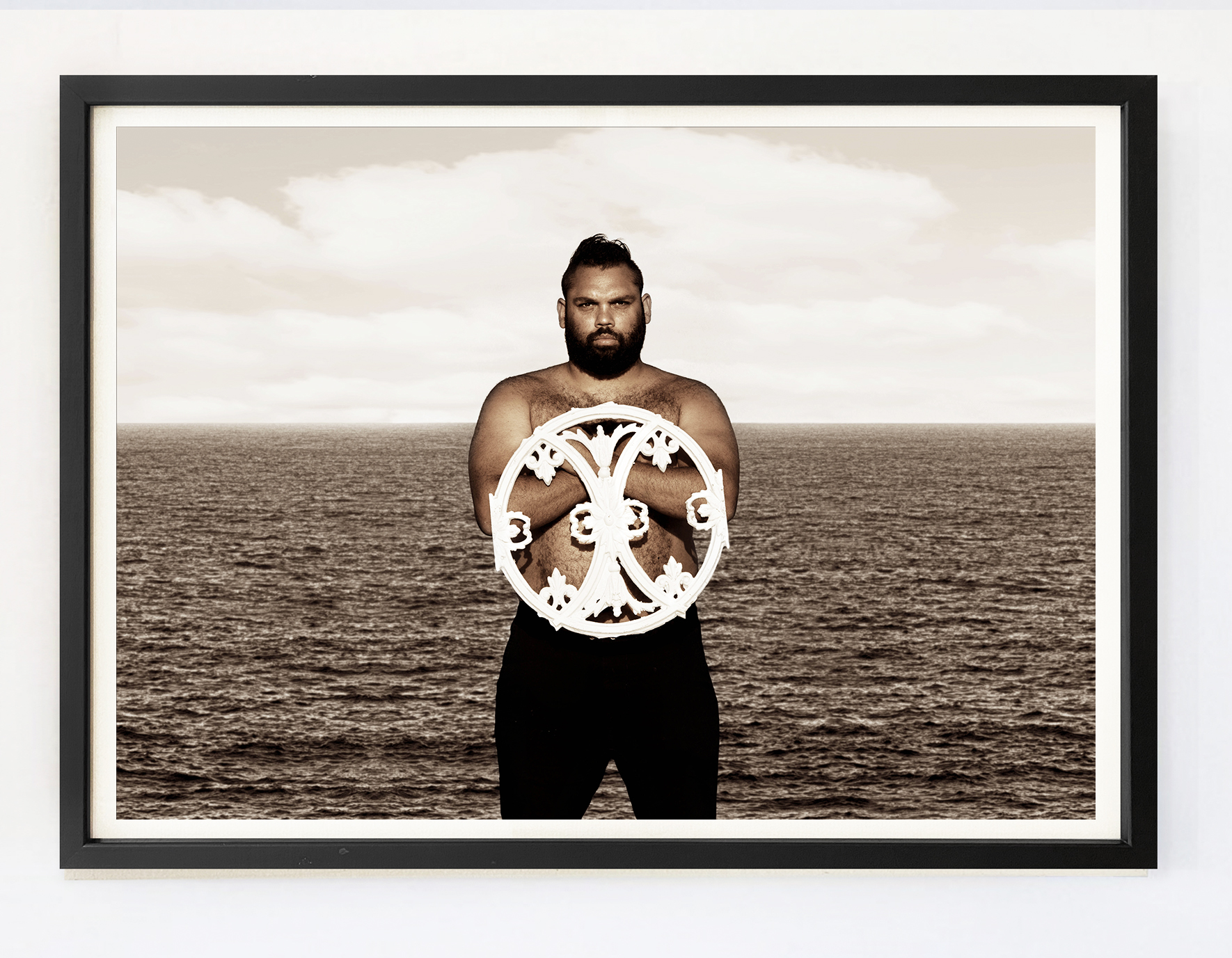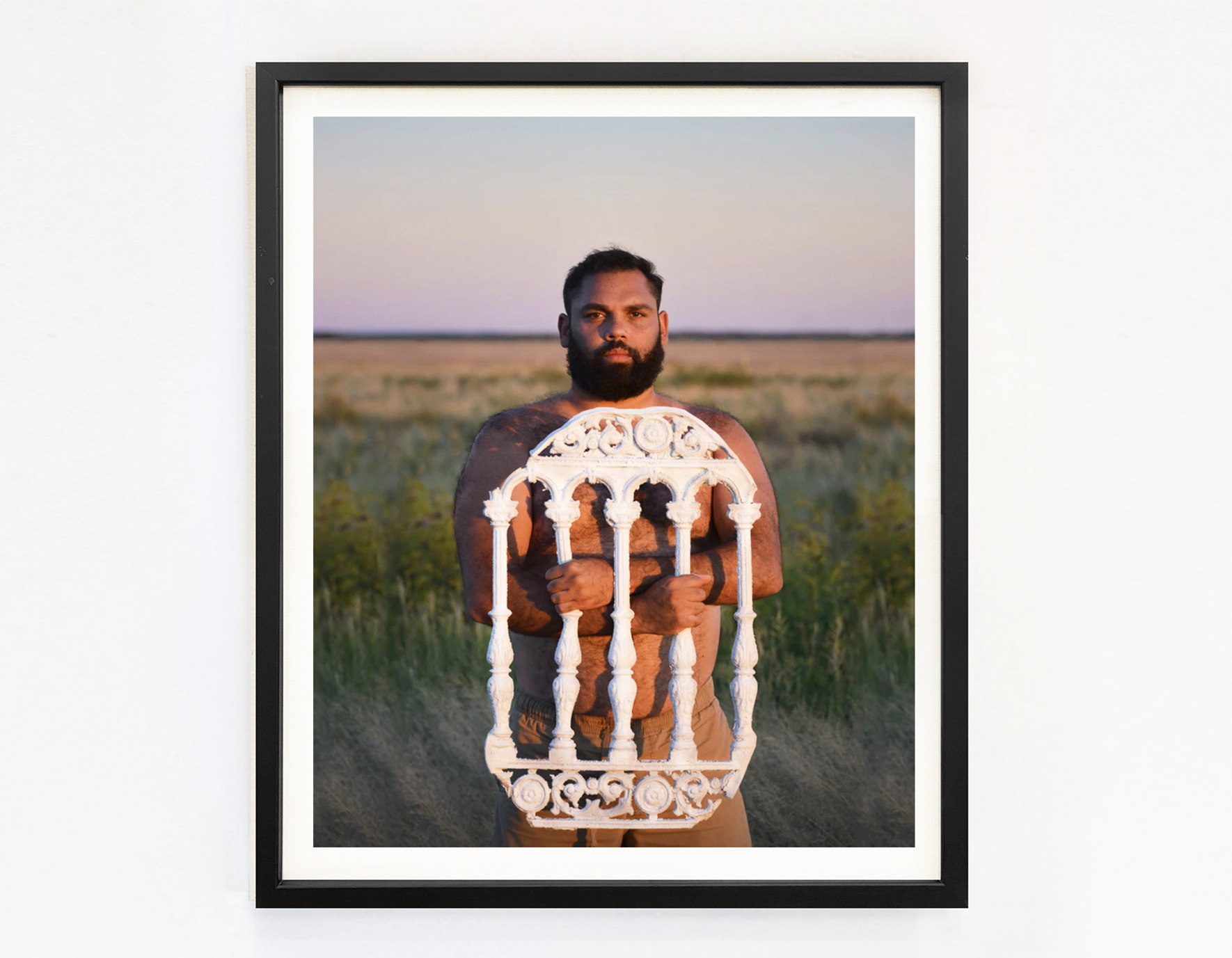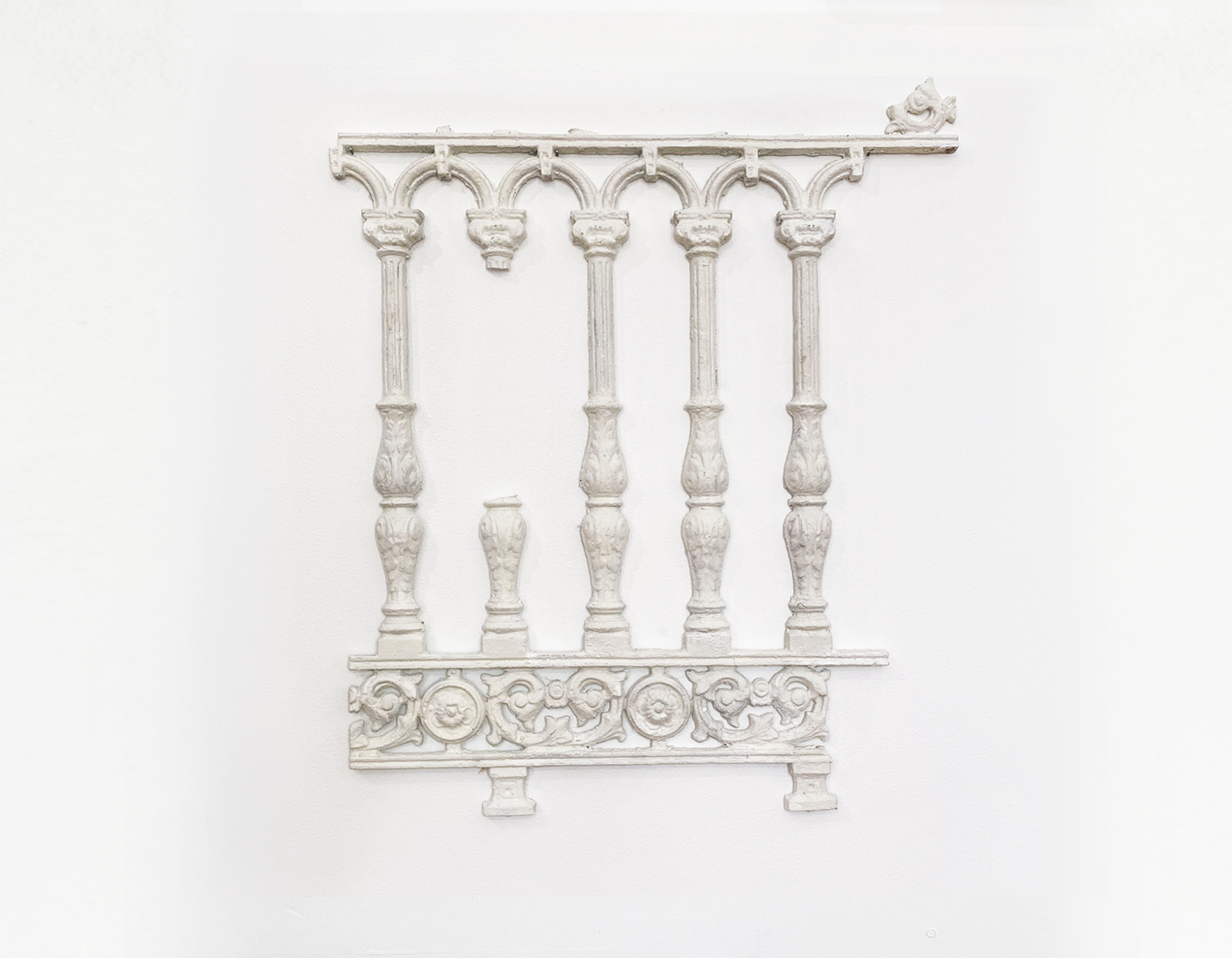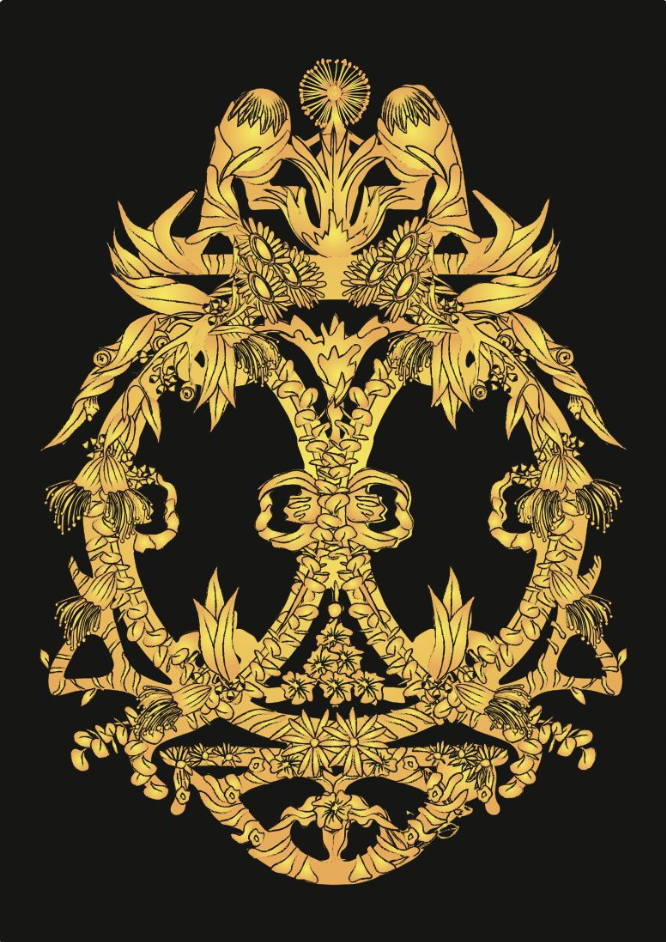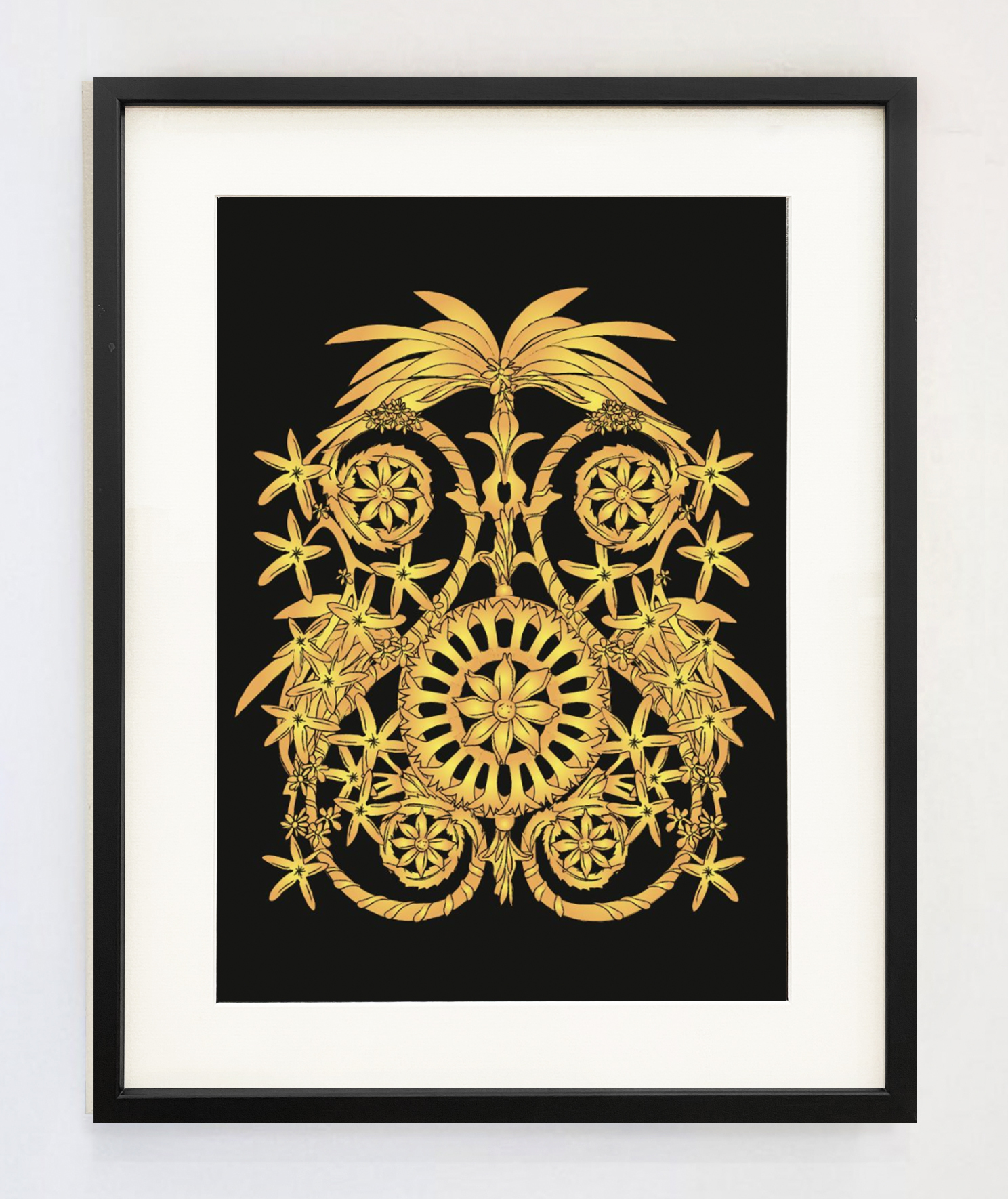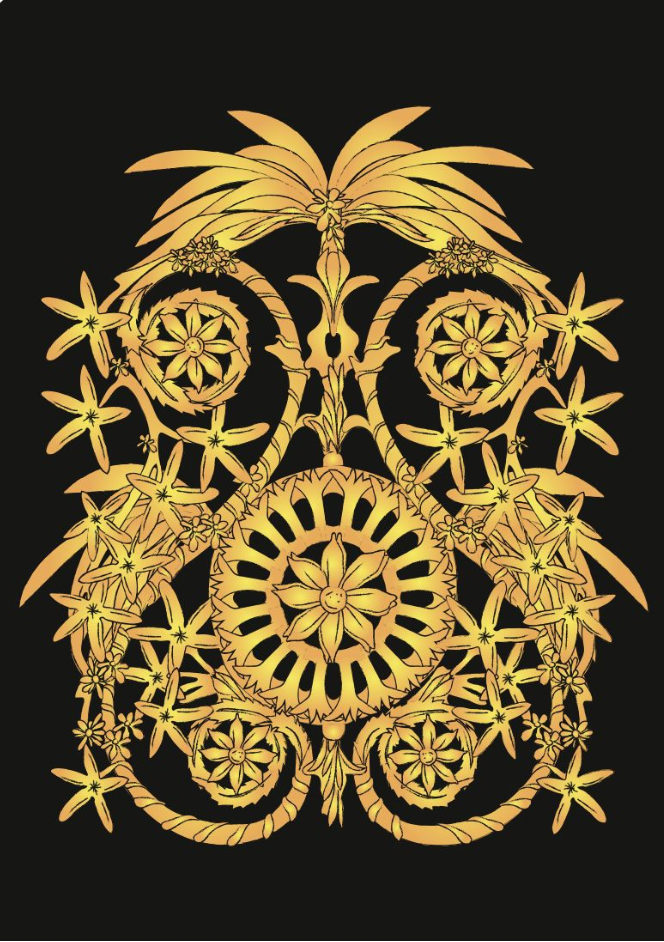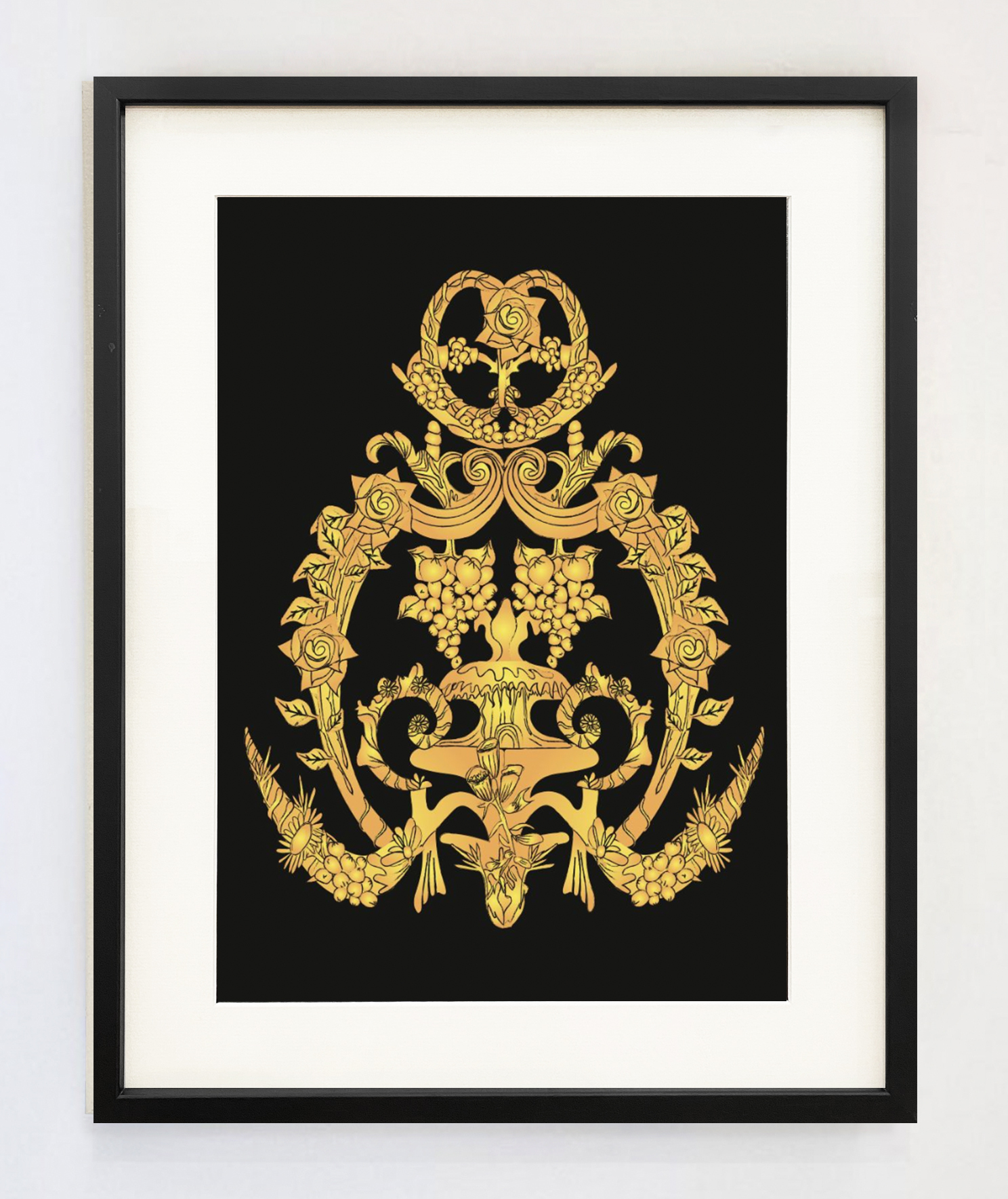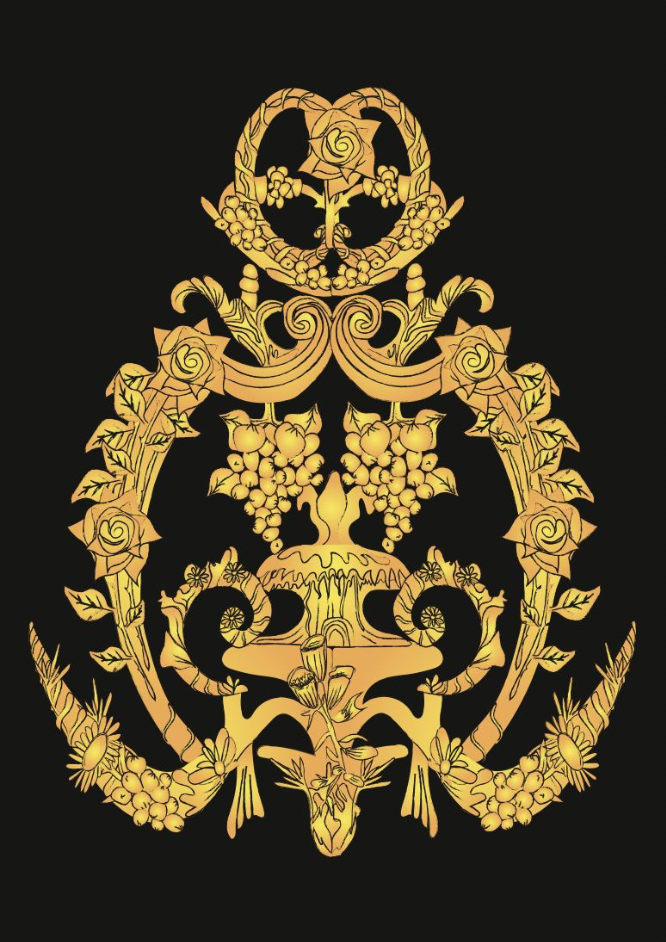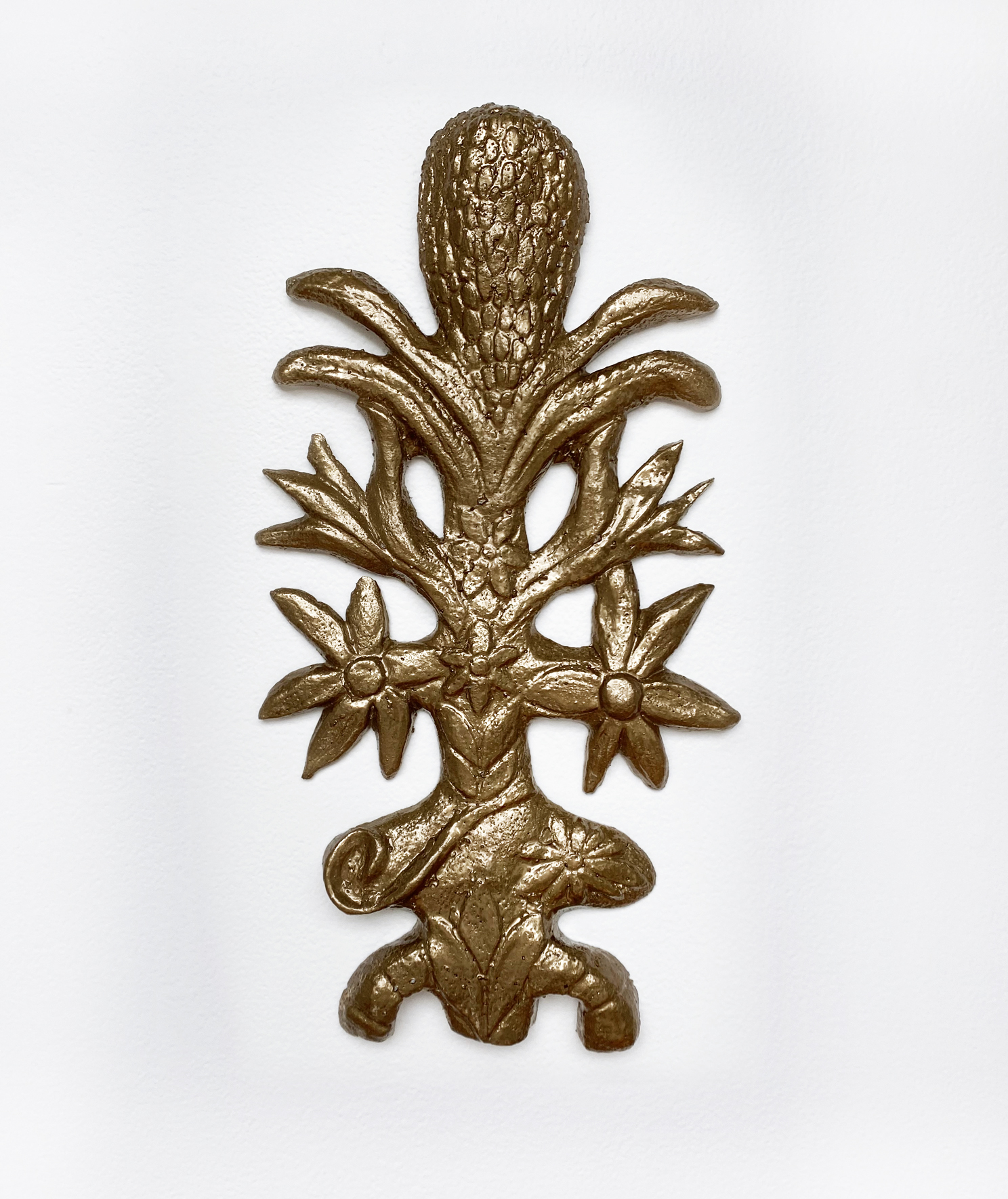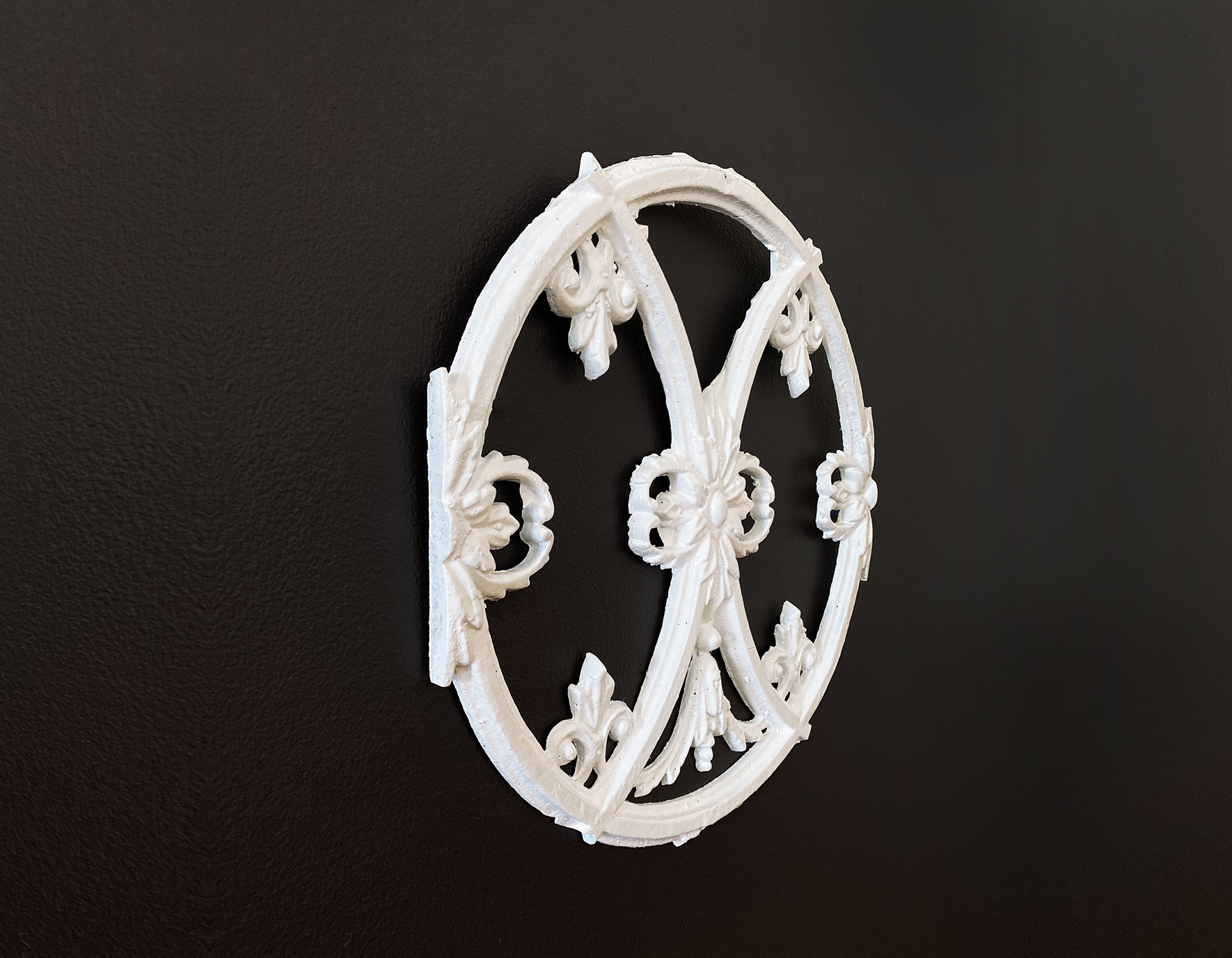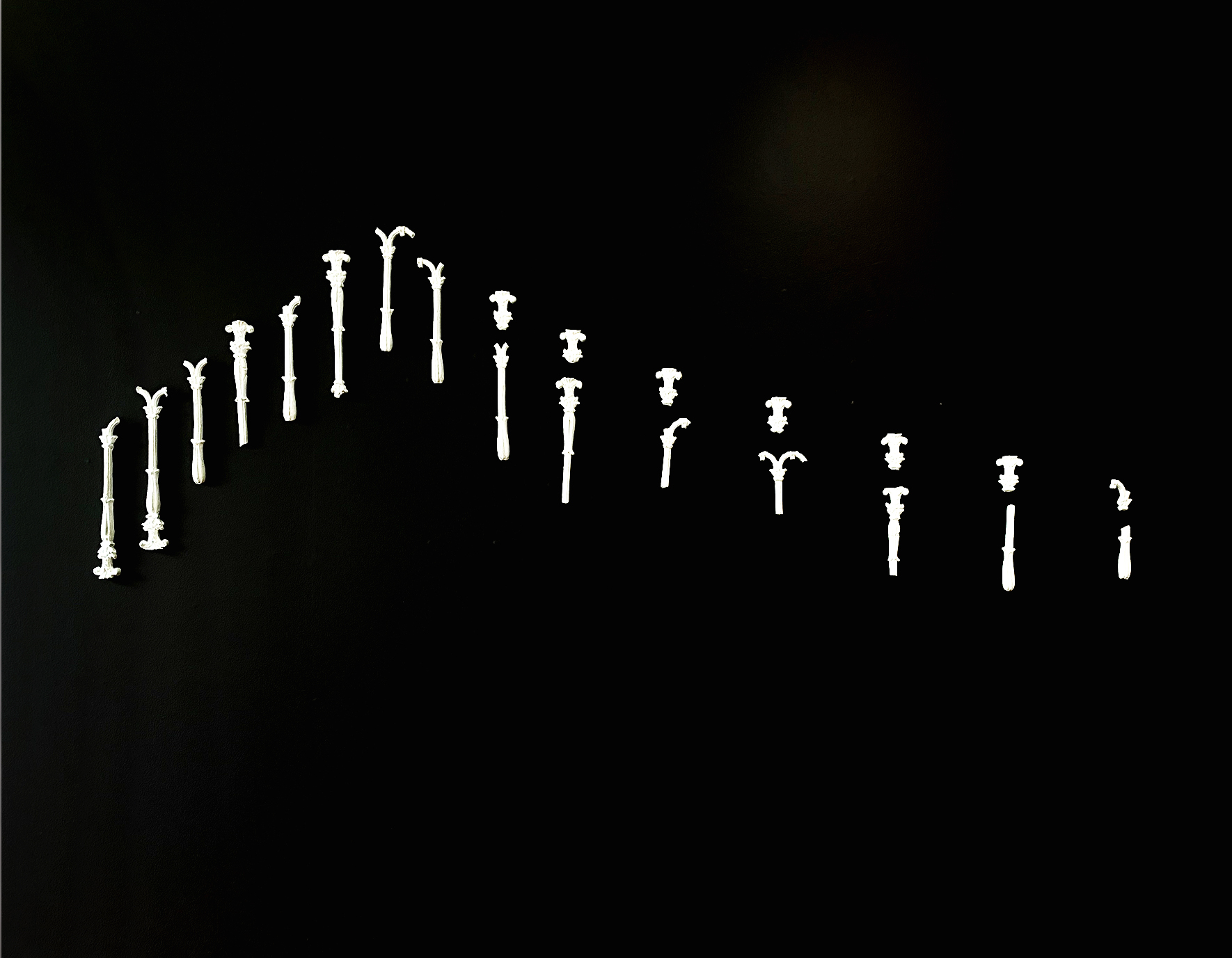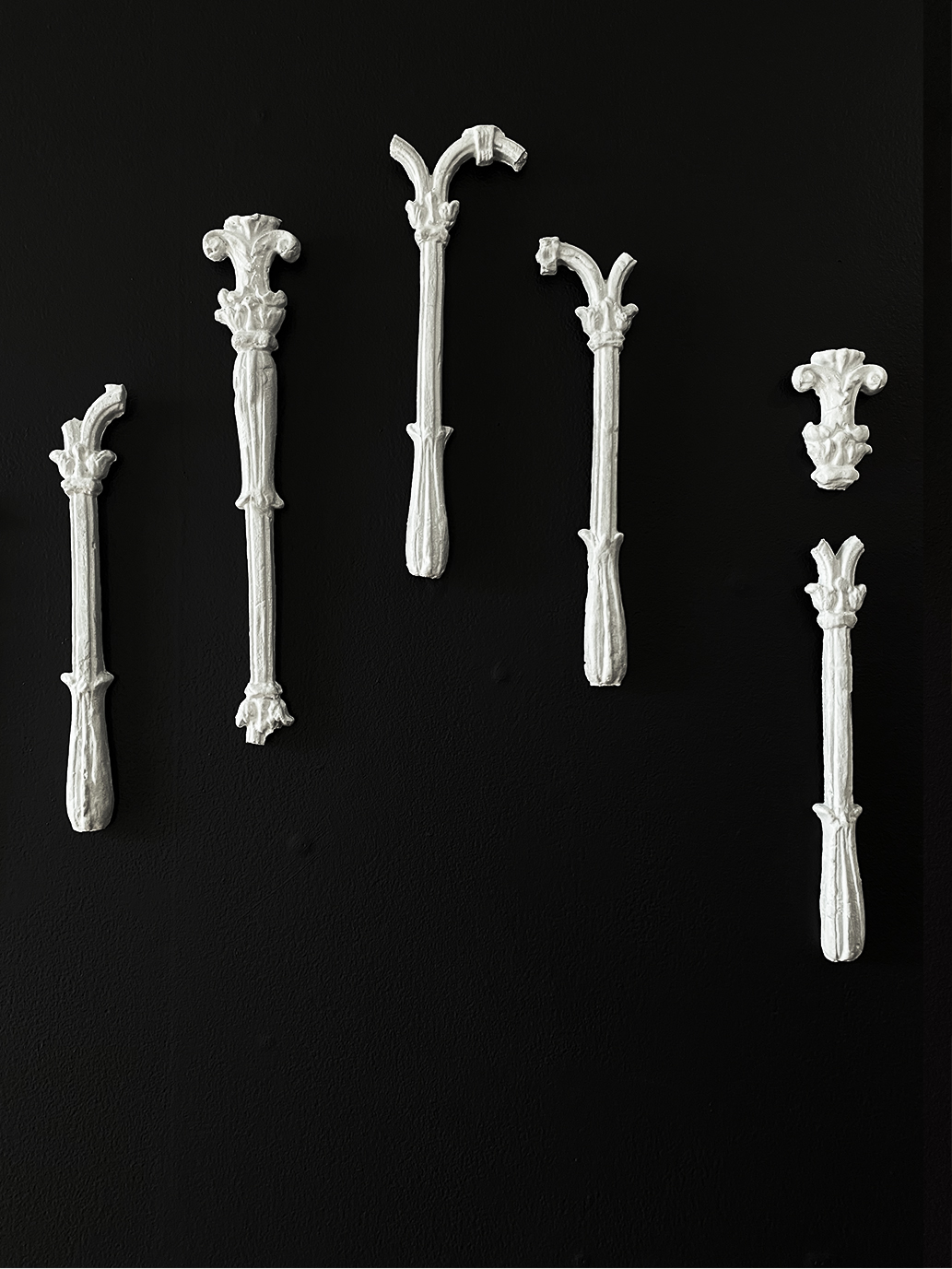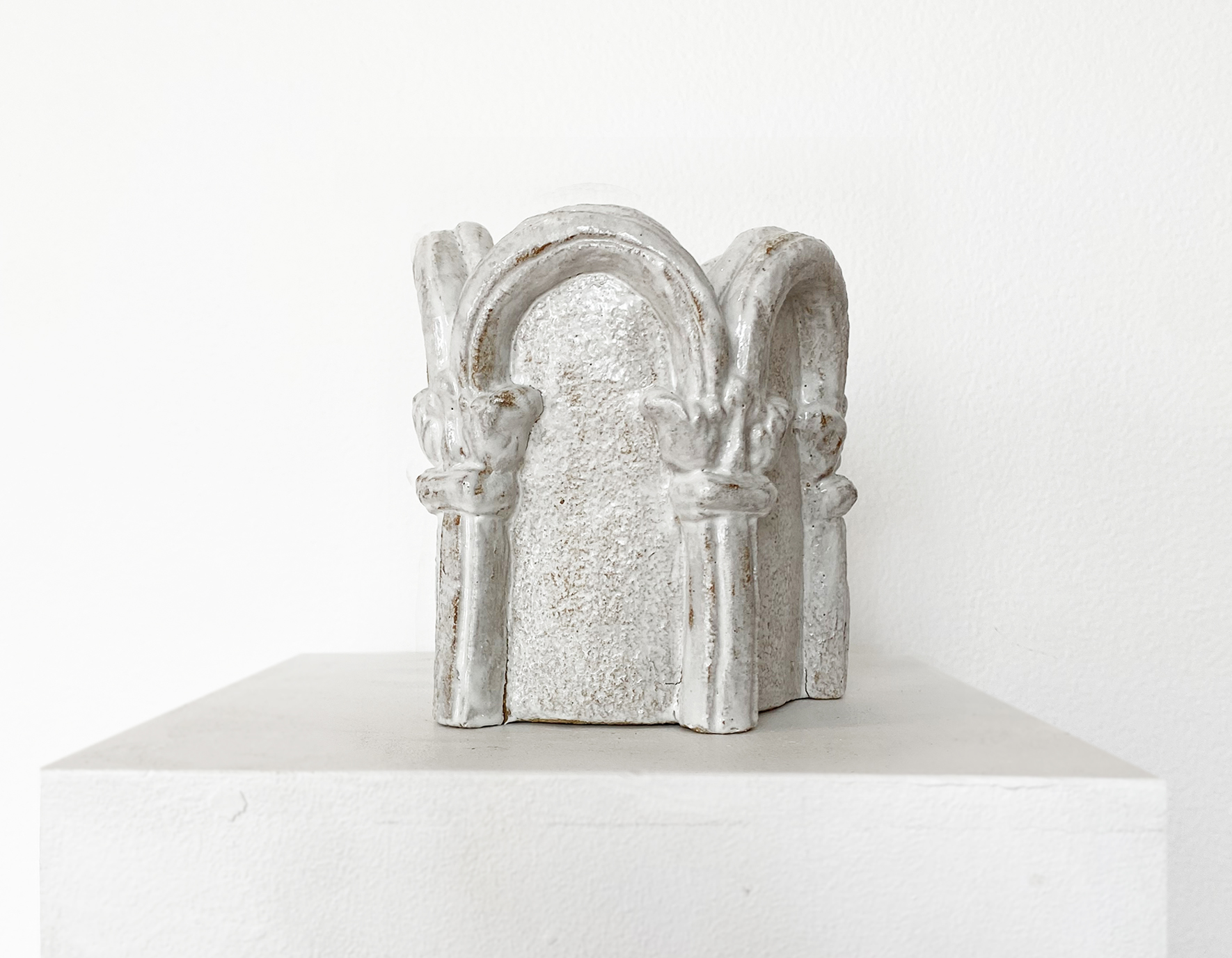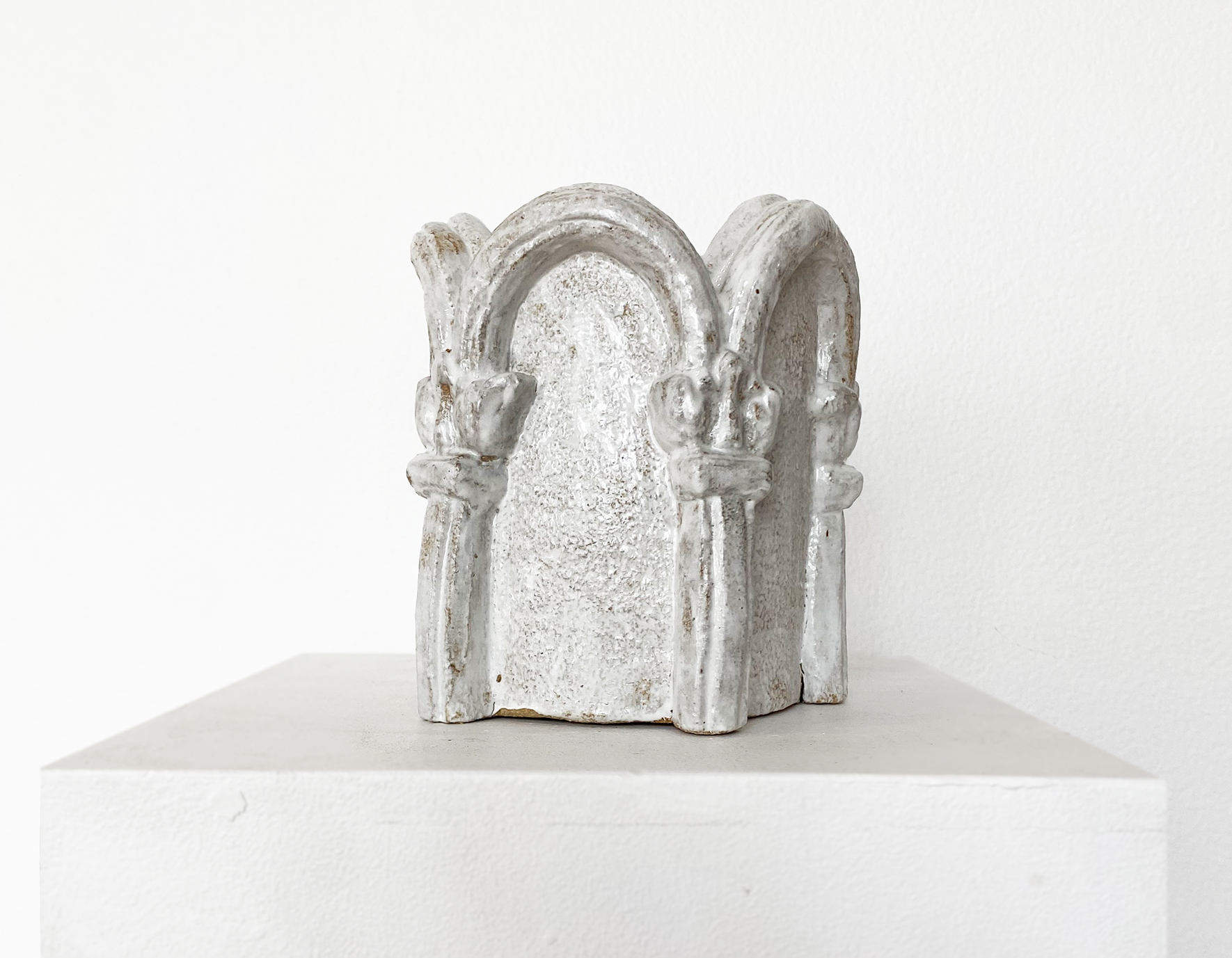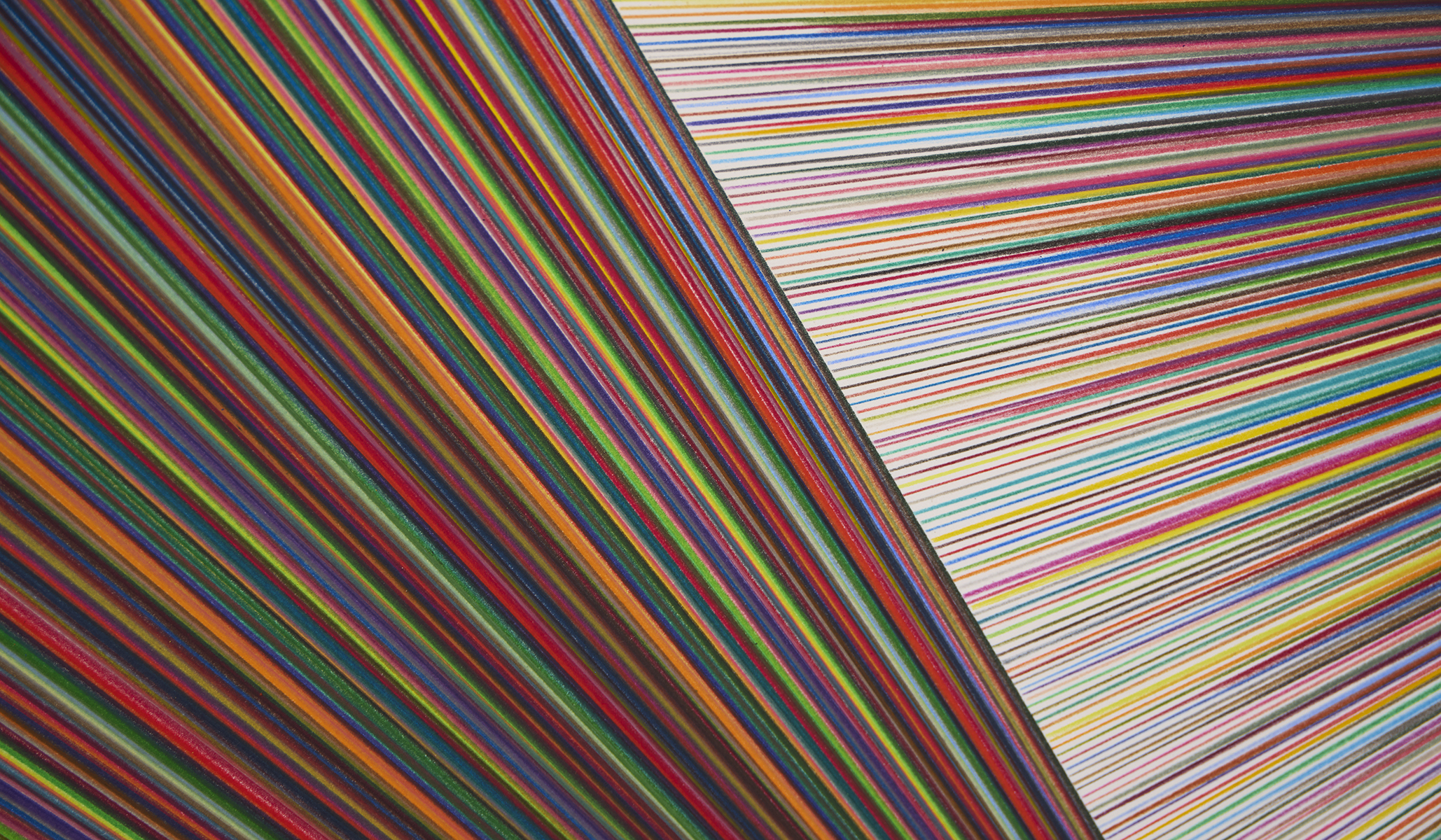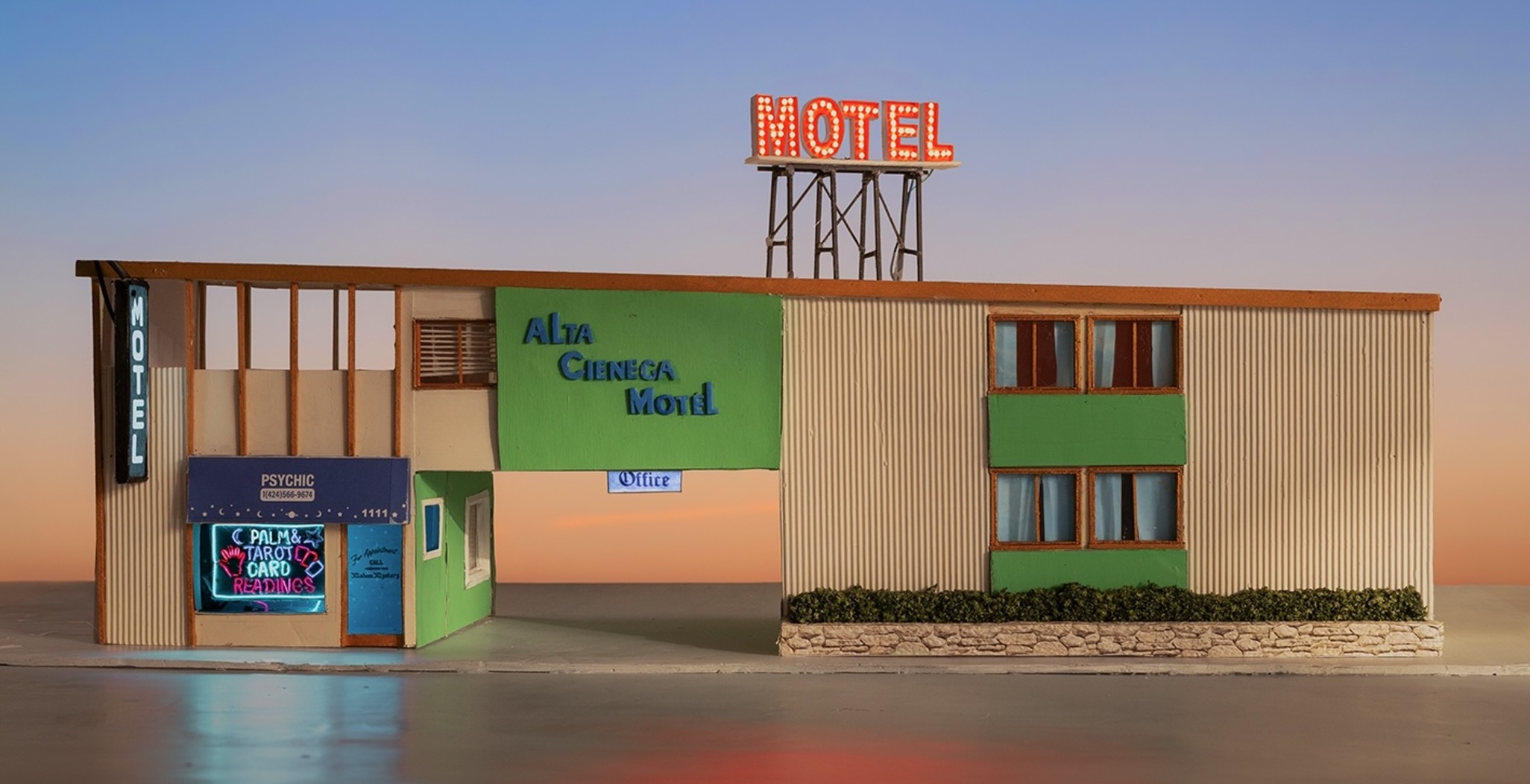Opening event Saturday the 4th of February, 2 – 4 pm.
Artereal Gallery is excited to present a powerful solo exhibition of new works by Dennis Golding, titled Always Remember Us This Way. Dennis Golding is a Kamilaroi/Gamilaraay artist from the northwest of NSW and was born and raised in Sydney. Regarded as a rising star within the Australian arts scene, Dennis Golding is one of the new generations of First Nations artists pushing the boundaries of painting, video, photography and installation. Golding critiques the social, political and cultural representations of race and identity. His practice is drawn from his own experiences living in urban environments and through childhood memories. Golding was the recipient of the 2020 NSW Visual Arts Emerging Fellowship, and most recently he was one-half of the creative duo behind the Calling Country fireworks on New Year’s Eve, which was made in collaboration with Carmen Glynn-Braun and watched by more than a million people around Sydney Harbour.
To view and purchase artworks from this series scroll to the end of this webpage or visit the gallery before the 25th of February.
I am standing in Eveleigh Street Redfern, formerly The Block, a landmark site in the story of Aboriginal civil rights. But in early January 2023 little remains of the Victorian era terraces where Kamilaroi/Gamilaraay artist Dennis Golding lived. The area is now redeveloped with apartments and studios for on-trend creatives and brand marketers. Few markers of its former residents and their stories remain. Of how families moving from traditional lands to an urban city, often by rail, with many finding employment with the railway and grouping together nearby in what became “The Block”, a communal place for healing, protest and connection.
Artist, Dennis Golding grew up in the nineties in the community of Redfern’s The Block. Moving between his mum, her sister, his nan and his dad’s many family members. The Aboriginal Housing Company had been formed in 1973 by Aboriginal leaders and supporters in direct response to the widespread discrimination that Aboriginal people experienced in the private rental market. It bought the first six houses with a grant from the Whitlam Labor Government and acquired the last house there in 1994. His family’s Victorian-era terraces in Eveleigh and Vine Streets were near neighbour of the railyards which provided community and the rhythm of lives for so many of the artist’s family and The Block’s Indigenous residents. The precinct was largely razed and its families evicted one by one and moved out in advance of the Sydney 2000 Olympics. Dispersing the increasingly vocal and politically visible First Nations urban community in the guise of development. The gentrification a contemporary pretext for ‘whitewashing’ the space, perpetuating the waves of colonial dispossession and displacement.
Dennis Golding is a gentle but compelling storyteller though objects. An artist-provocateur who creates visual conversations around shifting the functions and understanding of the meaning and impact of occupation. Always Remember Us This Way introduces images and sculptures that reflect Indigenous urban experiences and shared memories. Re-interpreting European settler domestic wares and architecture associated with Redfern and The Block. Breaking down barriers imposed by colonisers – re-fashioning items that imply ownership and occupation. His images and artefacts re-interpret commonplace contemporary experience that reflect and critique social, political and cultural representations of race and identity within Aboriginal Australian histories. Golding’s contemporary art practice and his objects live shared memories as subtle but potent vehicles of rewrite and redress.
For his 2020 body of work Cast in cast out, the artist reproduced the original sturdy iron lacework panels, vestiges of colonialism that defined the facades of Redfern terraces in more malleable epoxy resin pigmented with iron oxides. Golding fashions shields, signifiers of both combat and protection from Block fence panel parts recasting them in clay and resin. Golding’s shields are embedded with power and memory. They hold the story of coming into the city and being barred. Cut off. Cast out.
In a compelling self-portrait photograph Dismantle the fence, the artist holds a circular white shield against his torso. His stance is powerful. His gaze proud, direct and challenging. Despite being shot in recent weeks, a patina of time past is invoked in the antique sepia monochrome in which the photograph is rendered. The work commands the now but provokes the histories and experiences of Golding’s family and many other Aboriginal families, acknowledging their connection to community and land as well as the centuries-old stories of dispossession and removal.
In a companion self-portrait for the installation Back home from home, Golding is back on Country in rural north-west New South Wales between his grandparent’s hometowns of Moree and Collarenebri. Golding adopts a calm stance, embracing a white shield cast from the lacework fence of a Block terrace house, bringing a fragment of the memory of his grandfather who retired back on Country after forty-five years with the Redfern Aboriginal Corporation.
The shield is fragile, his hold firm but tender with care for the home that it represents. Either side of the photograph, casts of lace fences span outward and open in invitation. Typically markers of ownership, the cast fences are here extended as a gateway of welcome rather than exclusion.
This sentiment is echoed in Golding’s calm expression and stance of strength, of power and ease as he softly bends the bar from the panel. The sense of ‘going back home from home‘ is reflected in the photograph’s subdued soft tones of purples and greens that emerge in the golden hour of the day as the sun sets. Surrounded by his flat Country, there is a sense of his safety and comfort, he is at peace and ease in the landscape, only felt by being back home.
The medium and colour of fired clay is synonymous with scorched burnt earth which the artist forms into ‘relics’ and artefacts. Nanna’s place I and II are hand-built ceramic vases, their patinated surfaces overlaid with decoration recalling parts from Victorian era lacework panels. These vessels are nostalgic carriers of memories of his nanna’s place and of generations of separation and connection.
For the poignant wall sculpture, From Nan’s House shards of memories accumulated and broken through time are reworked in fired clay, overlaid with a patina of white glaze. The dissembled fence fragments, once thresholds that both kept people in but also kept them out are re-laid suggestive of a ruptured rail line.
Flora is introduced as a recurring motif in images and objects. Significantly, plant life is emblematic of place; of Country, of Home. The floral motif in Golding’s works and the way they are used as decorative elements deftly synthesises the urban and industrial railway precinct of The Block, the Eastern Sydney suburbs of Little Bay where the artist currently resides and “Colli”, his Grandfather’s Country. Collarenabri, located in the Walgett shire of north-western New South Wales means place of many flowers in language [Gamilaraay Galarinabaray]. The Waratah, Flannel Flower, Banksia and Eucalypt blossom are common to all three areas.
Colouring Memory, a series of digital drawings rendered in luxe gold on a black ground integrates these many Indigenous plant species as floral motifs within the stylistic format of Victorian colonial lacework panels. The Waratah is official emblem of the state of New South Wales and ubiquitous branding for government authority. The clay of Golding’s Waratah Shield executed in heraldic style is aptly glazed white. A companion version sparkles in gold resin.
Dennis Golding’s artmaking is a re-writing of stories as a way of colonizing and re-presenting the cross-talk of Australian histories. A way metaphorically of dismantling the fence to show this divide no longer controls. Colouring memory, rendering them ‘golden’ and “into our own …”
In mid-February, concurrent with Dennis Golding’s exhibition Always Remember Us This Way at Artereal, the Art Gallery of New South Wales will install in its domed Victorian-era entry vestibule, the artist’s large suspended sculpture, Casting Shadows (Chandelier) that he created for the 2022 Adelaide Biennal .
The Powerhouse Museum for Applied Arts and Sciences has also commissioned Dennis Golding to create The Arch Panel, a huge polychrome grille that acknowledges the Victorian-era architectural iron lacework that distinguished The Block houses of Redfern. In mid-February, the panel will be inserted within a brick archway in the Harris Street façade of the museum.
– Barbara Dowse, Curator
Awards
(2020) NSW Visual Arts Emerging Fellowship exhibition, Artspace, Recipient
(2020) Blacktown City Art Prize, Blacktown Arts Centre, Aboriginal Artist Award
(2019) Aboriginal Art Award, Fishers Ghost Art Award, Campbelltown Arts Centre
(2018) Aboriginal Art Award, Fishers Ghost Art Award, Campbelltown Arts Centre
(2016) UNSW Art & Design Academic Excellence Award
(2014-17) Scholarship Recipient for Aboriginal Art, UNSW Art & Design

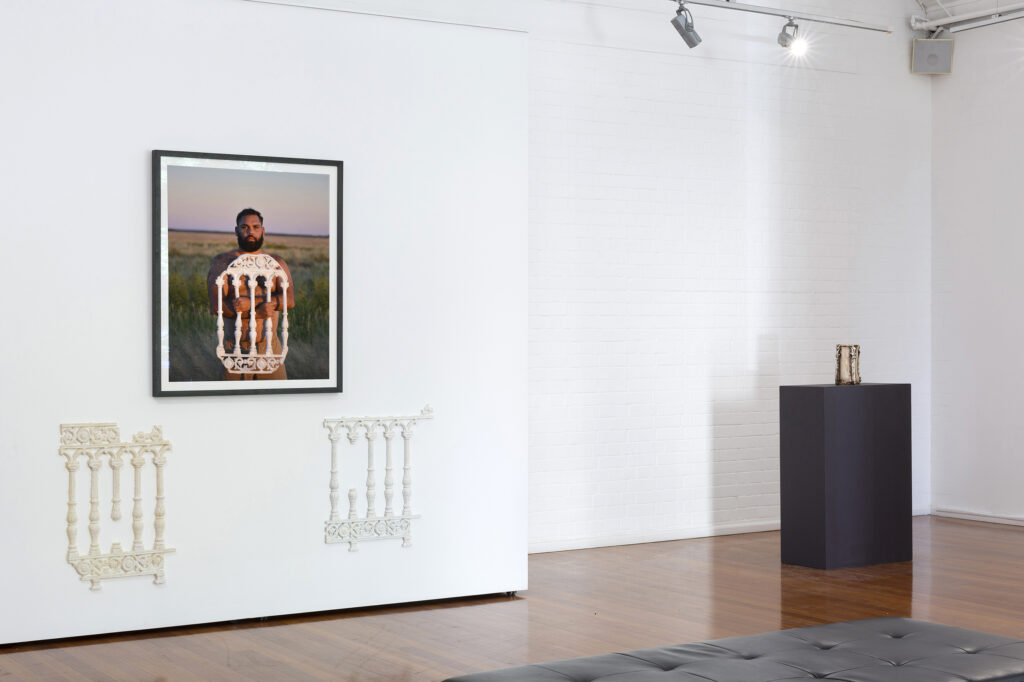



All prices are in Australian dollars and inclusive of GST.
Framing (unless otherwise specified) freight and shipping costs not included.
Please contact the gallery for assistance with freight and shipping. Prices are correct at the time of publication but may be subject to change without notice. For sales enquiries email: info@artereal.com.au
Dismantle The Fence
photographic print on Canson rag paper
ed.5 + AP
92 x 133cm (image size)
98 x 138cm (framed size)
$4,200 (framed)
Back Home From Home (Photograph)
photographic print on Canson rag paper
97 x 110cm (image size)
110 x 115cm (framed size) ed.5 + AP
$4,200 (framed)
Back Home From Home (Installation)
photographic print on Canson rag paper
97 x 110cm (image size)
110 x 115cm (framed size)
left fence panel
epoxy resin, 77 x 52cm
right fence panel
epoxy resin, 73 x 63cm
all ed.5 + AP
Colouring Memory (Vines)
digital print on Hahnemuhle 340 gsm 100% Cotton Rag high-gloss, metallic finish
ed.5 + AP
40 x 29cm (image size)
54 x 42.5cm (framed size)
Colouring Memory (Gymea)
digital print on Hahnemuhle 340 gsm 100% Cotton Rag high-gloss, metallic finish
ed.5 + AP
40 x 29cm (image size)
54 x 42.5cm (framed size)
Colouring Memory (Eucalypt)
digital print on Hahnemuhle 340 gsm 100% Cotton Rag high-gloss, metallic finish
ed.5 + AP
40 x 29cm (image size)
54 x 42.5cm (framed size)
Colouring Memory (Jasmine)
digital print on Hahnemuhle 340 gsm 100% Cotton Rag high-gloss, metallic finish
ed.5 + AP
40 x 29cm (image size)
54 x 42.5cm (framed size)
Colouring Memory (Lilly Pilly)
digital print on Hahnemuhle 340 gsm 100% Cotton Rag high-gloss, metallic finish
ed.5 + AP
40 x 29cm (image size)
54 x 42.5cm (framed size)
Colouring Memory (Settlement)
digital print on Hahnemuhle 340 gsm 100% Cotton Rag high-gloss, metallic finish
ed.5 + AP
40 x 29cm (image size)
54 x 42.5cm (framed size)
From Nan’s House
ceramic with white glaze
ed.5 + AP
54 x (width dimensions variable per installation) x 3cm
Nanna’s place I
ceramic with iron oxide
25 x 16 x 18cm
Nanna’s Place II
ceramic with white glaze
15 x 14 x 14cm



